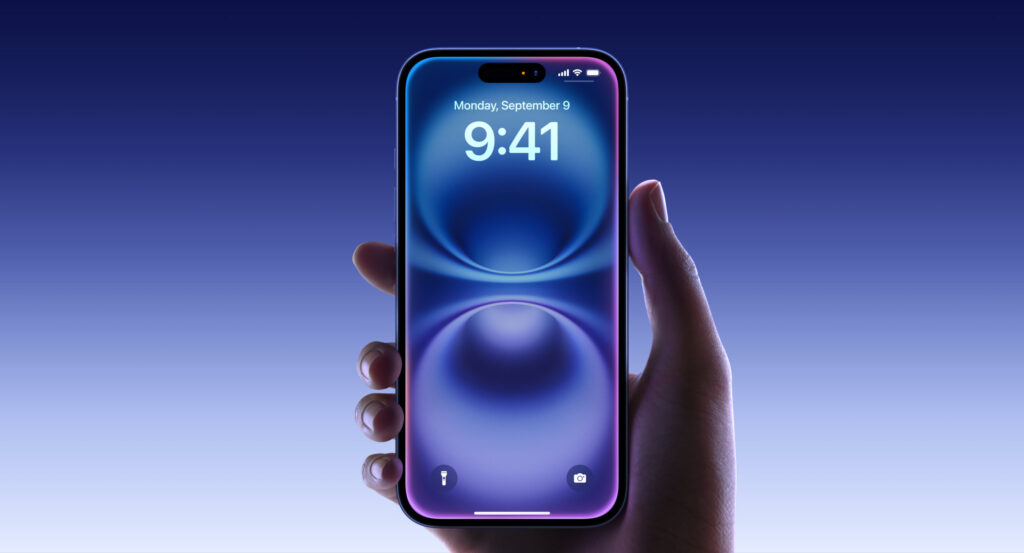Apple has released its Product Environmental Report for the iPhone 16 lineup, showcasing the company’s progress toward its sustainability and climate goals. The report highlights a 30% reduction in lifecycle greenhouse gas (GHG) emissions for the iPhone 16 Pro 128 GB and iPhone 16 Pro Max 256 GB, compared to a scenario without clean electricity. This reduction stems from Apple’s increased use of low-carbon electricity in its supply chain, which helped cut product emissions by over 20%, bringing the iPhone 16 Pro Max’s carbon footprint down to 74 kg from a 105 kg baseline.
The report also notes that Apple factors in the emissions generated to produce low-carbon electricity, including the manufacturing and maintenance of renewable energy infrastructure. Apple’s commitment to achieving carbon neutrality across its entire business, manufacturing, and product lifecycle by 2030 remains on track, with product manufacturing accounting for nearly two-thirds of the company’s emissions. Electricity usage is the largest contributor, and Apple has urged its supply chain to decarbonize Scope 1 and 2 emissions, with 95% of its suppliers committed to using 100% renewable energy for Apple production by 2030.
Apple also emphasized the role of sustainable materials in reducing the new iPhone’s GHG footprint, with over 25% recycled content leading to a 7% emissions reduction. This includes 100% recycled cobalt and over 95% recycled lithium in the iPhone 16’s battery, aligning with Apple’s goal of using 100% recycled cobalt in batteries by 2025.
Additional eco-friendly features of the iPhone 16 include 100% fiber-based packaging, reduced energy consumption, enhanced durability, and the option for customers to trade in or recycle their devices for free, all contributing to Apple’s effort to eliminate plastics from packaging by 2025.



